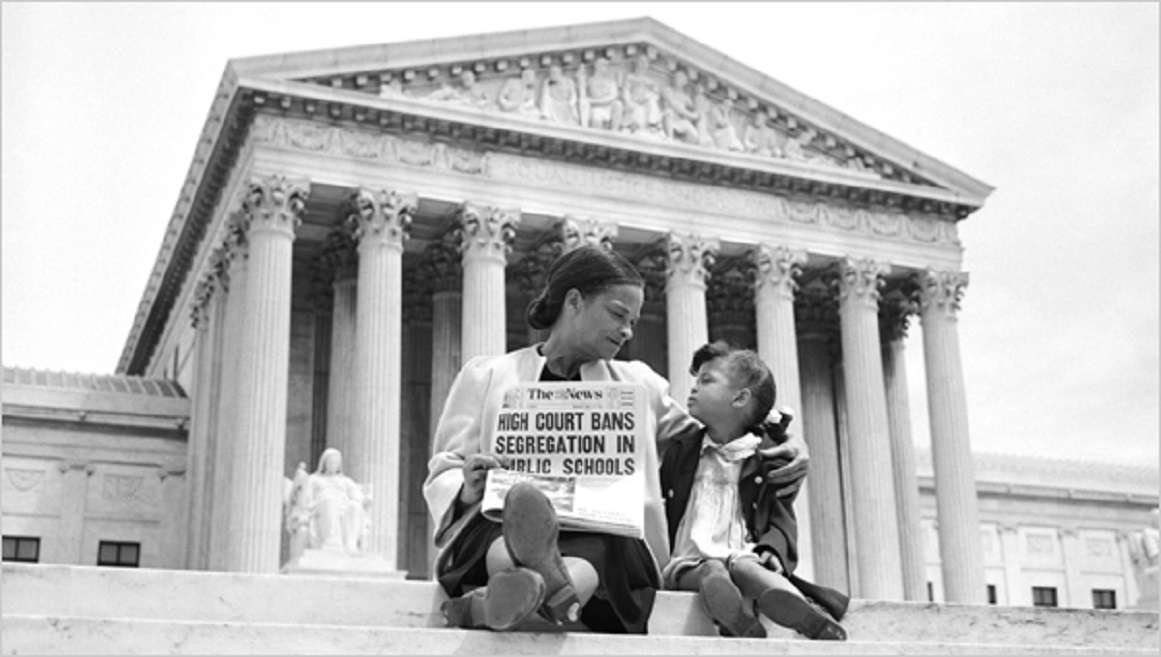This year marks the 70th anniversary of Brown v. Board of Education, a landmark Supreme Court decision that has become synonymous with the fight for equality in education. The American Journal of Law and Equality is hosting a symposium on this topic, and I am honored to be a part of it. My contribution, titled “Brown, Democracy, and Foot Voting,” is now available for review on SSRN.
In my abstract, I argue that traditional assessments of Brown’s impact on democracy should also consider how it empowered citizens to “vote with their feet” in addition to casting ballots. Foot voting, I suggest, offers individuals and families more opportunities to make informed choices compared to traditional voting methods. This is particularly significant for minority groups, including African Americans.
While previous attempts to reconcile Brown with democratic principles have their merits, they often fall short. By expanding our understanding of Brown to include foot voting, we can address these shortcomings and gain a more comprehensive view of the decision’s legacy.
In my article, I also explore the implications of the foot-voting rationale for Brown on judicial review of policies that hinder foot voting, especially those with a history of racial discrimination. One such policy is exclusionary zoning, which disproportionately affects marginalized communities.
Analyzing Brown v. Board of Education in a new and meaningful way is no small task, given the extensive scholarship on the subject. However, I believe that considering the role of foot voting in the decision offers a fresh perspective that is both valuable and relevant.
I invite feedback, suggestions, and critiques on my work as I continue to explore the intersection of democracy, equality, and individual choice in the context of Brown v. Board of Education.
Source link





